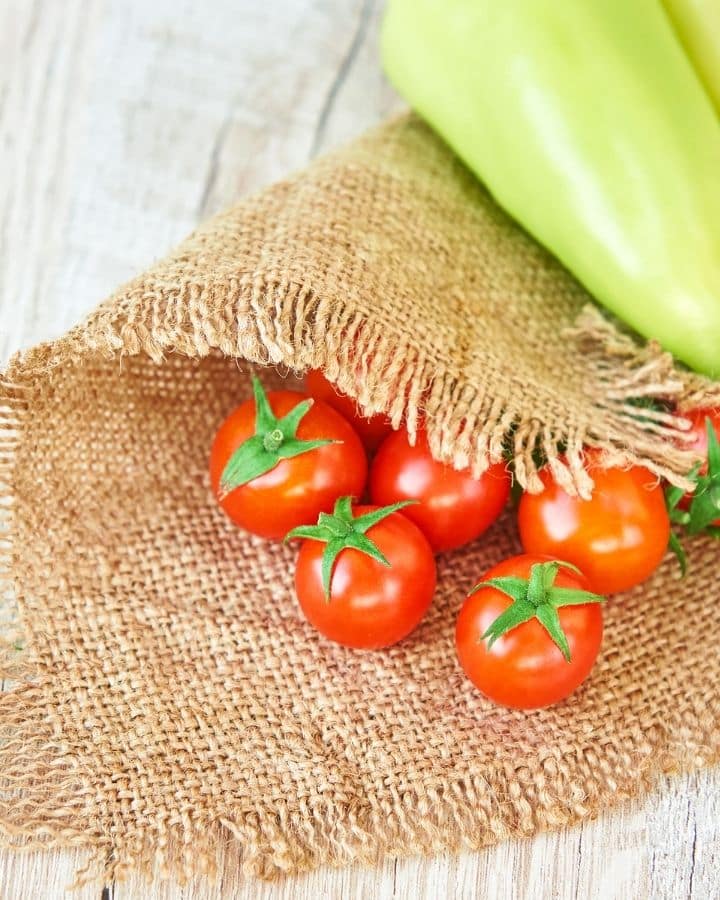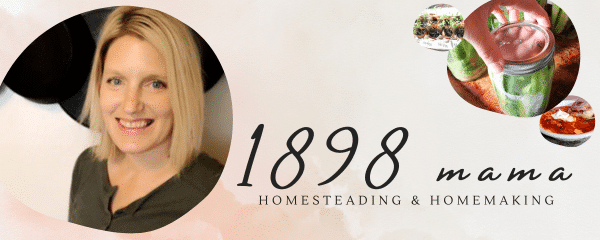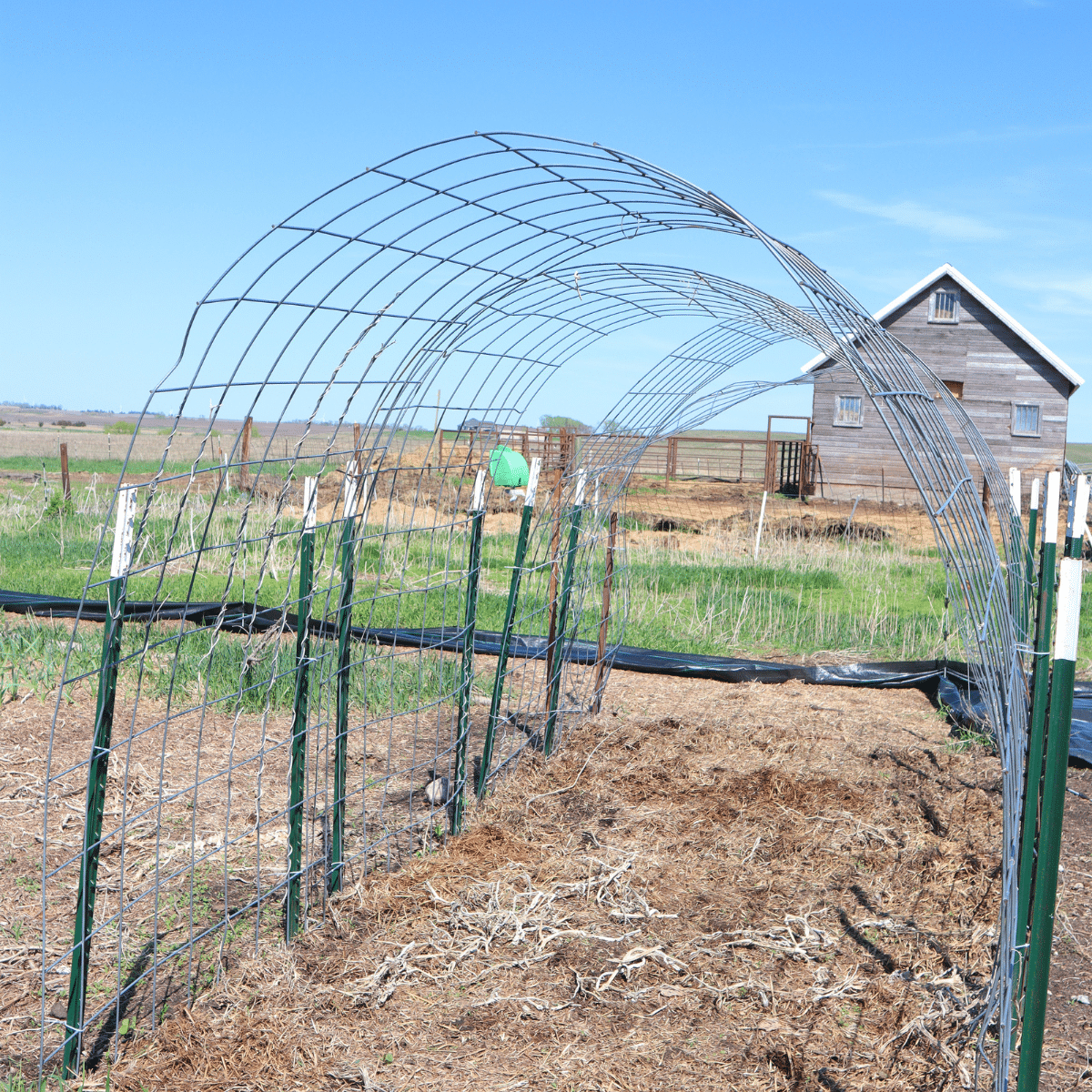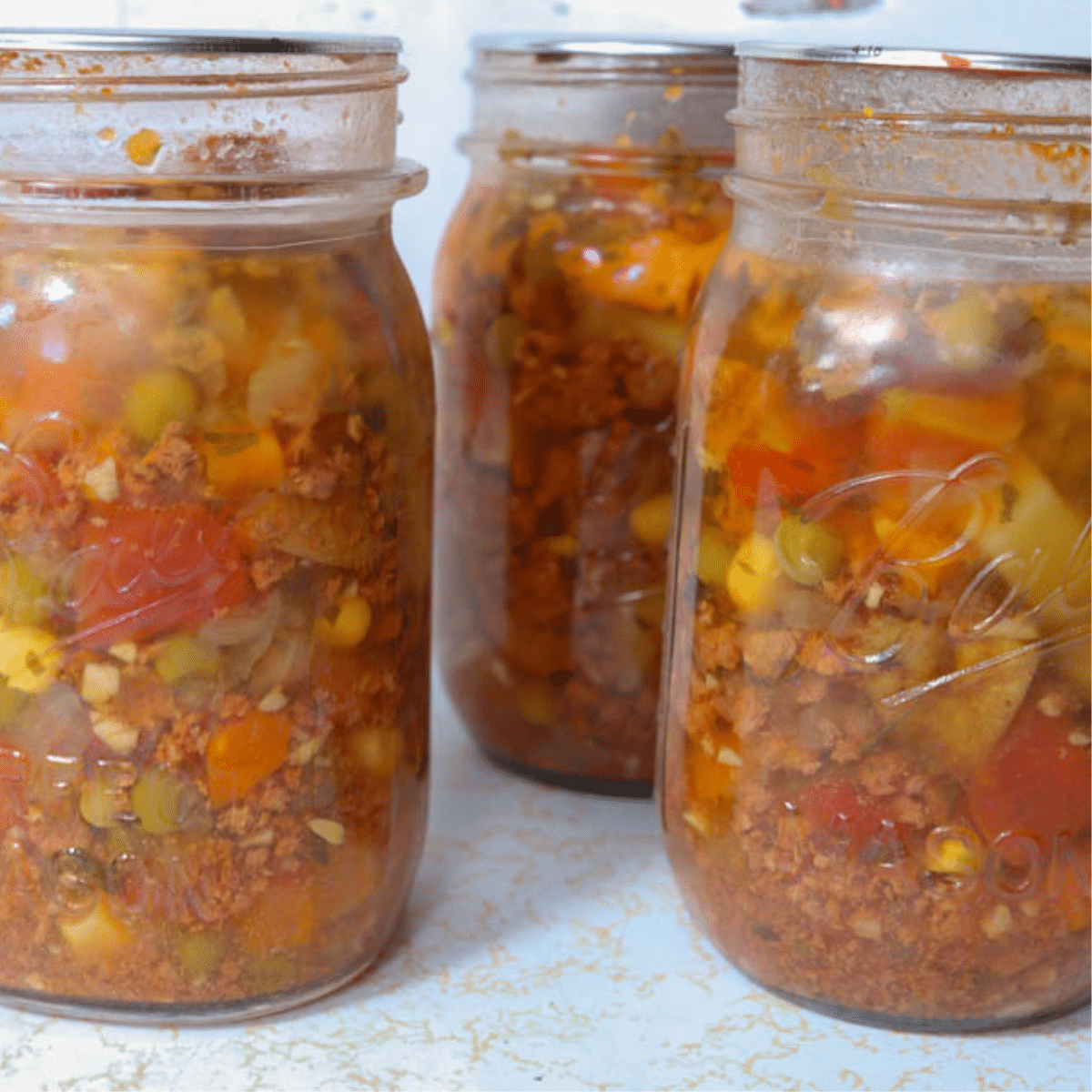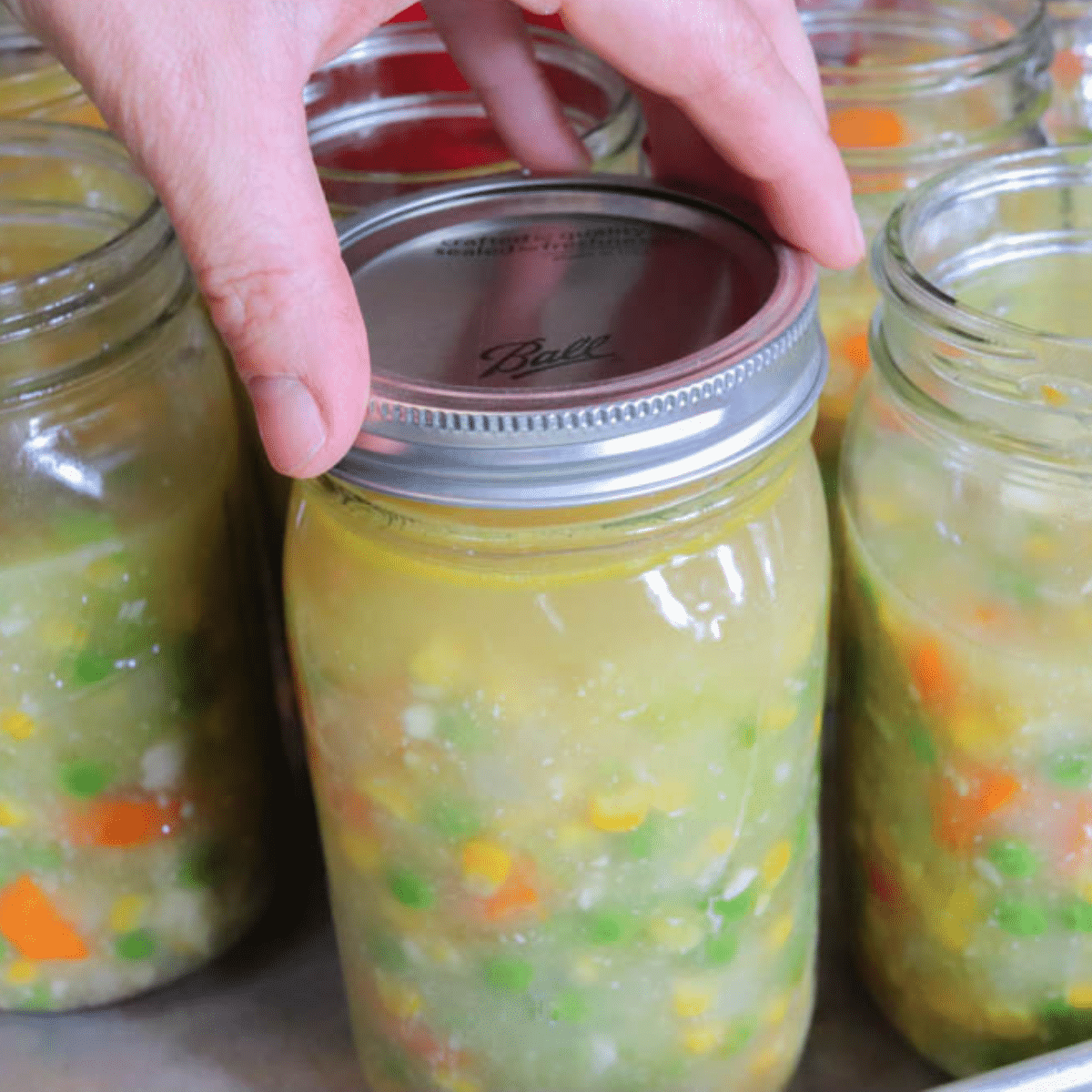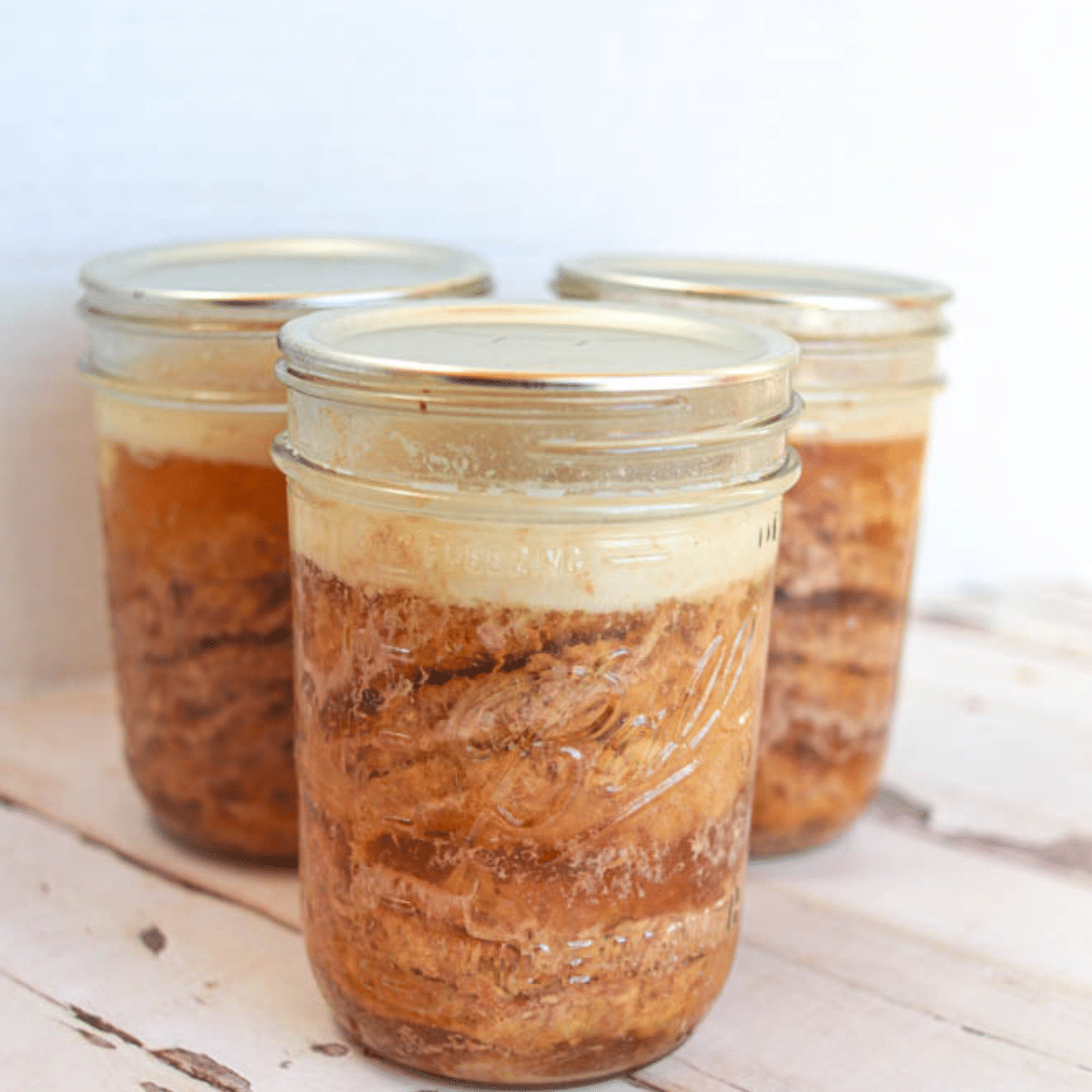How To Start a Vegetable Garden from Scratch
Learning how to start a vegetable garden from scratch can be so much fun and so rewarding, but there are a few tips and tricks that will help save you time and money if done correctly. Keep reading for all of my beginner gardening tips.
Gardening is so great for your health. The benefits of not only doing the work but eating the real food that comes as local as you can make it.
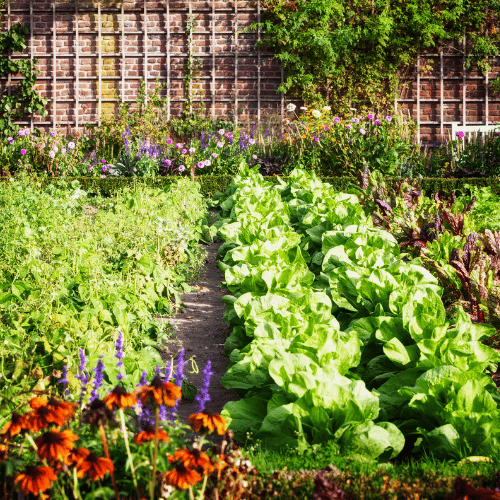
Plan Your Vegetable Garden Space
Before you can even begin planting your vegetables, you need to choose where you will plant them. If you are in an apartment in NYC, you may only have a tiny windowsill. For small spaces, I would recommend growing vertically in a vertical garden tower. You can also use five-gallon buckets, cardboard boxes, milk jugs, or even straight in the bag of soil from the hardware store! Think outside of the box to really maximize your growing space. Another option is to rent a little spot from a community garden. You could even drive around in the country and ask farmers or homesteaders if they would be willing to rent a spot to you!
Perhaps, you are in a suburb, and you have a nice backyard. Turning a sunny section of that yard, usually along the south-facing side of your house, is going to be your perfect garden area. To save some space, look into vertical gardening. Things like pole beans, peas, squash, cucumbers, tomatoes, and many other veggies can grow vertically on trellises or poles.
Maybe, you are blessed to have your own acreage with lots of area to plant, in which case, I suggest finding a spot that you can see from your house. It will be beautiful to look at and easy to grab the vegetables you need in a fast manner.
How To Start a Vegetable Garden from Scratch Needs
When picking your spot, just remember a few basic vegetable garden needs. Things like:
- Good quality soil
- Sunlight
- Water
Good Quality Soil
Since you are learning how to start a vegetable garden from scratch, you probably don’t know how good your soil is. I recommend doing a basic soil test. You can get a pH test from your local extension office. Having a soil test done will let you know if you need to do anything to fix any deficiencies.
To truly get good quality soil, I HIGHLY recommend no-till gardening.
If you’ve never grown a garden before, or perhaps this is the first year, we recommend doing a basic soil test (a simple pH test from your local extension office will suffice).
Sunlight
An average number of sunlight that vegetables need is 6 hours in order to produce good quality crops. Some need more, some need less. You don’t want to pick a shady location that only gets 3 hours of sunlight each day. Unless, however, you are only growing cool-weather crops, like salad greens.
Water
You will need to have a watering plan for your garden. How are you going to water your crops? One of the wonderful things about no-till gardening, is it really lowers the need to water the vegetables. Some years, you can even eliminate watering all together!
How To Start a Vegetable Garden from Scratch
Now that you know where to plant, it’s time to get to the fun stuff. So, when and what are you going to plant?!

Seeds or Nursery or Both?
Are you going to grow your vegetables completely from seeds yourself or buy transplants from a greenhouse? As a beginner, I suggest utilizing the greenhouse option. A bummer about buying plants at a nursery is there are fewer varieties available.
If you are going to start seeds yourself, make sure you buy heirloom seeds. That way you can seed save. Here are some of my favorite seed companies:
When To Plant

You can probably get 2-3 plantings per year, but it all depends on your location. Knowing your average first and last frost date is key here.
Cool-weather crops can be planted before the last frost date. As soon as you can work the ground.
Your basic vegetable garden will be planted after the frost threat.
Fall gardens get planted in the middle of summer. This allows a fall harvest.
In order to not be overwhelmed when harvest time comes, make sure you are succession planting certain crops. That just means you plant seeds more often for a continual harvest rather that planting all the seeds at once and harvesting all at once.
What Vegetables Should You Grow?
How do you decide what to plant? Well, there are a few questions I need to ask you first.
What do you eat?
There is no point in planting vegetables that aren’t going to get used up. So, what do you like to eat fresh and what will you preserve for the winter? Choose crops based on what your family eats and only grow those things.
What grows where you live?
Don’t grow something that requires a long growing period if you have a short growing season. Grow what does best in your climate. If you aren’t sure what grows best where you live, join facebook gardening groups for your area and ask them. Ask a nursery. Don’t be shy. Gardeners love to talk about this stuff.
How do you plant the vegetables?
Seed packets and transplants will usually have directions on how to plant that certain seed. There is one other thing you need to be aware of though, and that is companion planting.
Companion Planting
Certain plants do better or worse depending on what they are planted next to. Find out what grows well together. This just requires research. Google and books are where you need to go here.
Vegetables are planted!
Now what? Well, you have some maintenance things to do. Weeds. How are you going to handle weeds? Are you going to hoe them out? Remember, the smaller the weed, the easier they are to get rid of.
I suggest the no-till gardening way because it helps with weeds tremendously. Keeping a thick layer of mulch around your plants keeps the weeds down. If you are hoeing them though, I would go out at least once a day for a few minutes and get the weeds out.
Now that you have learned how to start a vegetable garden from scratch
It’s time to enjoy all your labors!
